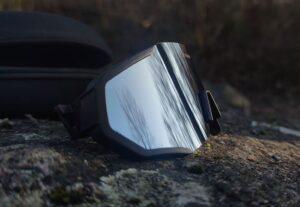Cycling is more than just a mode of transportation; it’s a thrilling way to explore the world, stay fit, and connect with nature. Whether you’re a seasoned cyclist or just starting your journey on two wheels, mastering cycling techniques is essential for a safer, more efficient, and enjoyable ride.
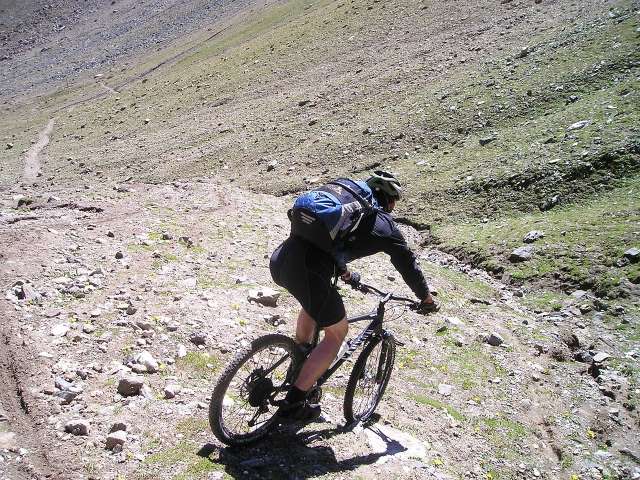
In this article, we’ll delve into the world of cycling techniques, offering valuable insights and practical tips to help you become a more skilled and confident cyclist. From pedaling efficiently to navigating challenging terrain, let’s unlock the secrets to riding with finesse and safety. So, hop on your bike, fasten your helmet, and let’s hit the road to discover the art of cycling.
Cycling: A Way of Life for Outdoor Enthusiasts
Cycling isn’t just a means of getting from point A to B; it’s a lifestyle embraced by outdoor enthusiasts, fitness aficionados, and adventurers alike. Whether you’re embarking on a scenic road trip, conquering challenging mountain trails, or commuting through urban jungles, cycling offers a sense of freedom and connection with the world around you.
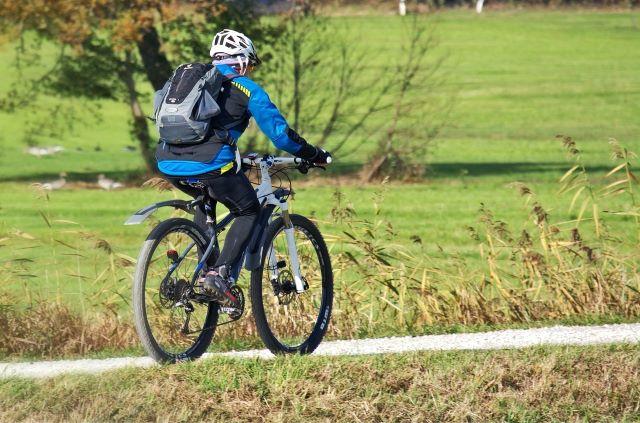
It’s a journey that combines the thrill of speed with the serenity of nature, making each pedal stroke an opportunity for exploration and self-discovery. From leisurely rides along picturesque paths to heart-pounding downhill descents, the world of cycling has something to offer everyone.
In this article, we’ll explore the techniques that elevate your cycling experience, making it not only safer but also more efficient and enjoyable. So, saddle up and join us as we unlock the secrets of riding with finesse and confidence.
Choosing the Right Bike
Selecting the right bike is the foundational step in enhancing your cycling experience. The type of bike you choose should align with your cycling goals and the terrain you plan to tackle. Here are some key considerations to guide your decision:
- Bike Type: Determine the type of cycling you’ll primarily be doing. Road bikes are ideal for smooth pavements and speed, while mountain bikes are built for rugged off-road trails. Hybrid bikes offer versatility for various terrains, and touring bikes are designed for long-distance journeys. Commuter bikes are perfect for city riding.
- Frame Size: Ensure the bike’s frame size is suitable for your height and body proportions. A properly sized frame promotes comfort and control while riding.
- Brake Type: Bikes come with different brake systems, including rim brakes and disc brakes. Disc brakes offer superior stopping power, especially in wet or muddy conditions.
- Suspension: For off-road adventures, consider a bike with suspension, either front (hardtail) or both front and rear (full suspension), to absorb shocks and enhance comfort.
- Tire Size: Choose tires that match your riding style. Narrow tires with high pressure are suitable for road cycling, while wider, knobbier tires provide better traction on trails.
- Gearing: Look for a bike with the appropriate number of gears for your terrain. More gears offer versatility, while fewer gears can simplify maintenance.
- Budget: Set a budget that aligns with your cycling goals. Quality bikes come in various price ranges, so find one that offers the features you need without breaking the bank.
- Test Ride: Whenever possible, test-ride several bikes to get a feel for their handling and comfort. It’s an excellent way to ensure the bike suits your preferences.
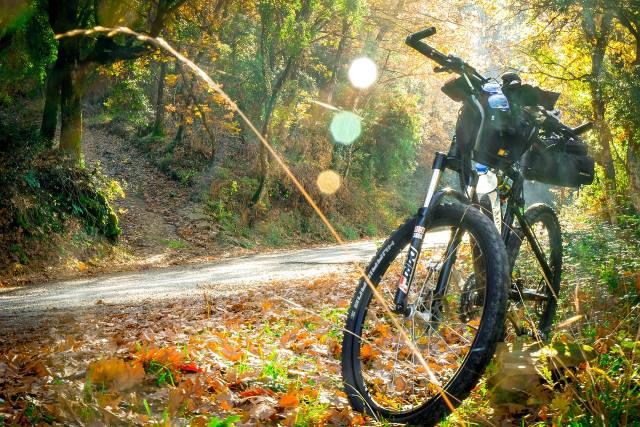
Remember, the perfect bike for you is the one that matches your intended riding style and feels comfortable when you’re in the saddle. Whether you’re cruising through the city streets, tackling steep mountain trails, or embarking on long-distance journeys, the right bike is your trusty companion on the road to cycling excellence.
Proper Bike Fitment
Once you’ve selected the right bike, achieving proper fitment is essential for comfort, performance, and safety during your rides. Start by adjusting the saddle height so that when your pedal is at its lowest point, your leg is almost fully extended but not locked. This allows for efficient pedaling without straining your knees.
Next, fine-tune the saddle’s horizontal position; it should be level or slightly angled downward to prevent sliding forward or backward during rides. Modify the handlebar height by adjusting the stem or spacers beneath it; your handlebars should be at a height that allows you to maintain a relaxed, slightly bent elbow position while gripping them.
Additionally, adjust the reach to the handlebars by changing the stem’s length, ensuring that your arms are comfortable and not overly stretched or cramped. If you use clipless pedals, position the cleats on your cycling shoes correctly to improve pedaling efficiency and reduce the risk of knee strain. Customize the brake lever position to ensure easy reach without excessive stretching or bending of your fingers.
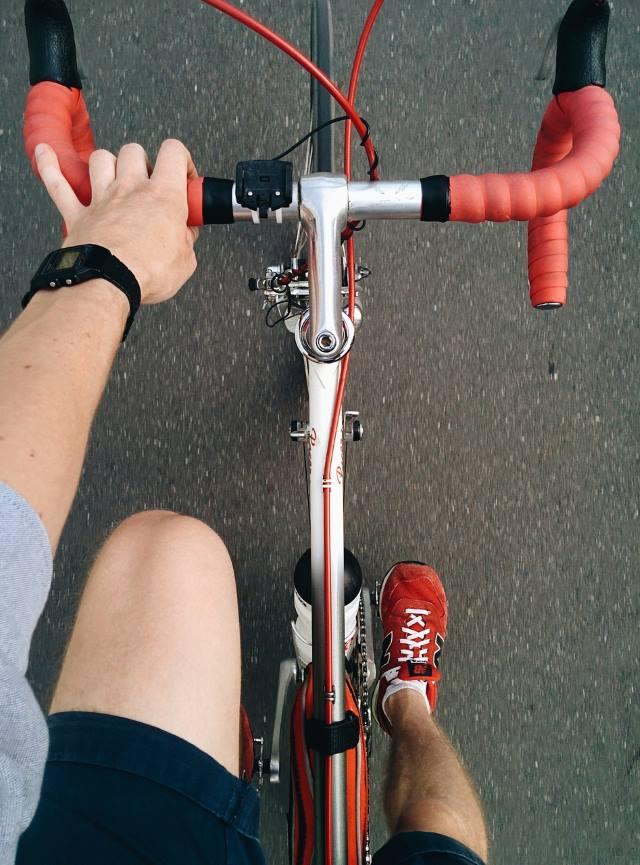
Pay attention to overall comfort and make sure your bike’s fitment doesn’t cause discomfort, numbness, or pain in your hands, wrists, back, neck, or any other body part. After making adjustments, take your bike for a test ride and make further tweaks if needed.
If you’re unsure or experiencing discomfort, consider a professional bike fitting service offered by bike shops and specialists who can provide tailored adjustments based on your body measurements and riding goals. A properly fitted bike enhances your riding experience by reducing the risk of injuries, improving efficiency, and increasing overall enjoyment. It’s a personalized journey to ensure that your bike becomes an extension of your body as you explore new trails and conquer exciting cycling challenges.
Pedaling Techniques for Efficiency
When it comes to cycling, mastering pedaling techniques is key to improving your efficiency and overall performance. Start by maintaining a smooth and consistent cadence, which is the rate at which you pedal. Aiming for a cadence of 80 to 100 revolutions per minute (RPM) is generally recommended for most riders. This helps distribute the workload evenly between your leg muscles and reduces the risk of fatigue.
Focus on applying force throughout the entire pedal stroke rather than just pushing down on the pedals. Imagine your pedal stroke as a circle, and aim to exert force as you push forward and pull up with your feet. This engages different muscle groups and ensures a more efficient transfer of power to the bike.
Shifting gears appropriately is another critical aspect of pedaling efficiency. Anticipate changes in terrain and adjust your gears accordingly. When climbing steep hills, shift to a lower gear to maintain a comfortable cadence. Conversely, when descending or riding on flat terrain, shift to a higher gear to maximize speed.
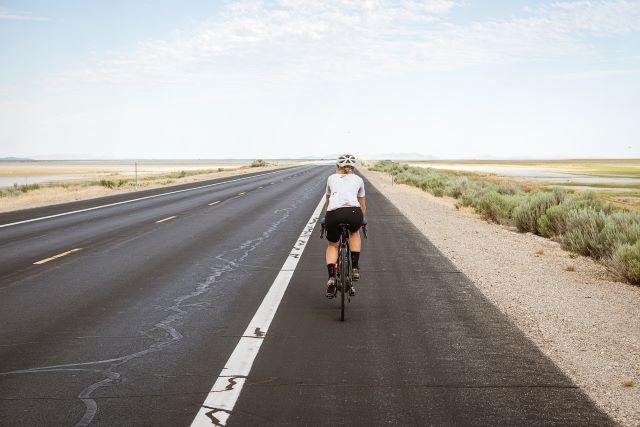
Finally, practice a relaxed upper body position and grip on the handlebars. Tension in your upper body can negatively impact your pedaling efficiency. Keep your shoulders relaxed, and maintain a light grip on the handlebars to reduce unnecessary energy expenditure.
By honing these pedaling techniques, you can make your rides more efficient and enjoyable, whether you’re cycling for fitness, commuting, or exploring new adventures on your bike.
Cornering with Confidence
Cornering is a vital cycling skill that boosts confidence and safety. To corner effectively, focus on looking ahead, maintain a balanced body position by leaning the bike and shifting your weight slightly outward, and avoid heavy braking mid-turn. Smooth, gradual turns are key, and practice improves your technique.
Be mindful of road conditions, plan your exit strategy, and accelerate smoothly out of the turn for a confident and enjoyable ride.
Braking Techniques for Safety
Braking is a crucial skill for cycling safety. To brake effectively, apply both brakes smoothly and evenly, with more pressure on the front brake than the rear. Avoid sudden, hard braking to prevent skidding. Shift your weight slightly back to maintain balance during braking, and always keep a firm grip on the handlebars.
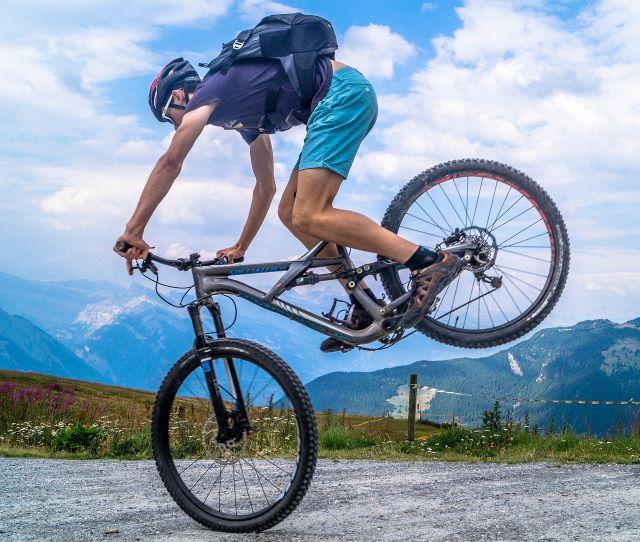
Practice controlled braking to become adept at modulating your speed in various situations, ensuring a safer and more enjoyable ride.
Riding on Different Terrains
Cycling on diverse terrains requires adaptable techniques. On gravel, reduce tire pressure slightly for better traction, maintain a relaxed grip, and let the bike move beneath you. For off-road trails, shift your weight and stand on the pedals to navigate obstacles.
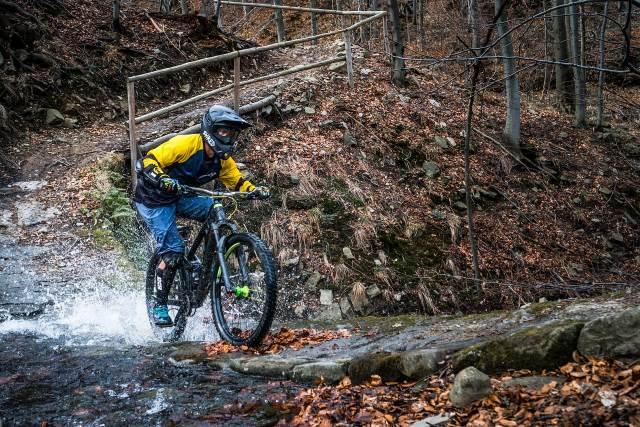
On steep descents, use your body as a counterbalance to prevent flipping over. On smooth pavement, focus on an efficient pedal stroke. Adapting your riding style to various terrains enhances control and enjoyment while cycling.
Climbing Hills with Ease
Conquering hills efficiently is essential for cyclists. To climb with ease, maintain a steady cadence, and shift to lower gears as you ascend. Keep a relaxed upper body and focus on breathing rhythmically. Stay seated when possible to conserve energy, but stand briefly for extra power on steeper sections.
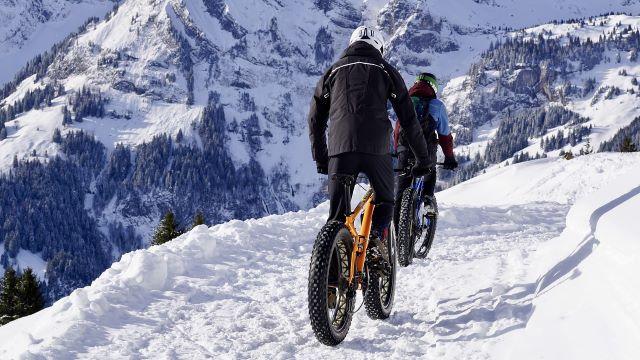
Choose a line that minimizes steepness, and maintains a positive mindset. With practice and proper technique, hill climbs become less challenging, and you can tackle them with confidence.
Descending with Control
Descending on a bicycle requires skill and control. To descend with confidence, stay relaxed on the handlebars, and maintain a balanced position. Feather the brakes gently to control your speed, primarily using the front brake. Keep your weight centered over the bike and look ahead to anticipate turns and obstacles.
Shift your body weight as needed to navigate corners smoothly. With practice and experience, you can descend steep hills with control and precision, enhancing your overall cycling enjoyment.
Riding in a Group
Cycling in a group can be enjoyable and efficient. To ride smoothly in a group, maintain a consistent pace and avoid sudden movements. Keep a safe distance from the rider in front, allowing space for unexpected maneuvers. Communicate with hand signals and verbal cues to alert others of obstacles or turns.
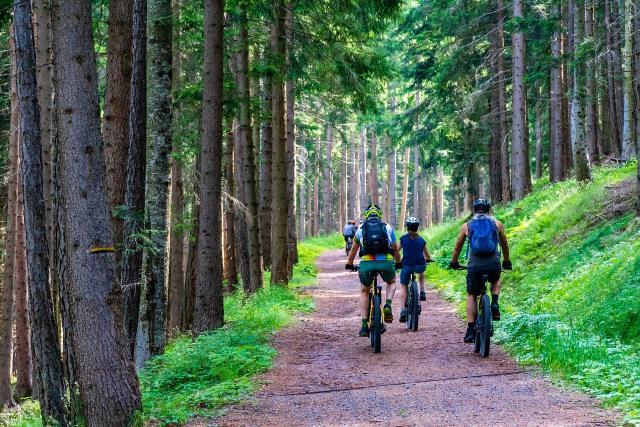
Stay aware of your surroundings and anticipate changes in speed or direction. Riding in a group enhances camaraderie and can help you cover longer distances with less effort when you work together effectively.
Dealing with Challenging Weather Conditions
Cycling in adverse weather requires adaptability. When facing rain, dress in waterproof gear and maintain a firm grip on the handlebars. In windy conditions, keep a steady line and anticipate gusts. In extreme heat, stay hydrated and take breaks in the shade. During cold weather, layer up and protect your extremities.
Adjust your riding style to accommodate weather challenges, and always prioritize safety and comfort on the road.
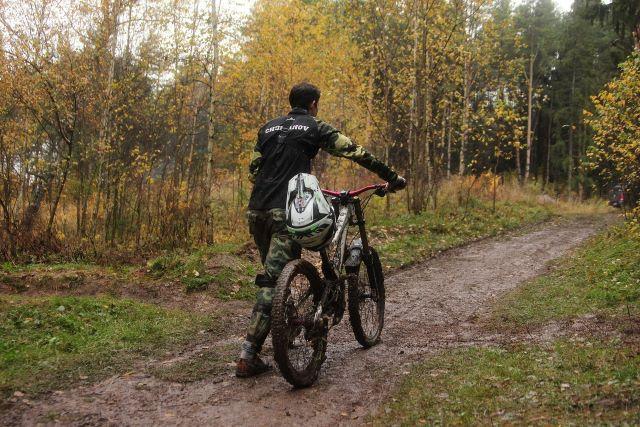
Maintaining Your Bike for Optimal Performance
Regular bike maintenance is crucial for peak performance. Keep your bike clean, paying special attention to the chain and drivetrain. Check tire pressure and inspect for any signs of wear or damage. Lubricate moving parts for smooth operation, and ensure brakes and gears are properly adjusted.
Periodically examine the frame and components for cracks or issues. By consistently maintaining your bike, you’ll enjoy a smoother and safer riding experience.
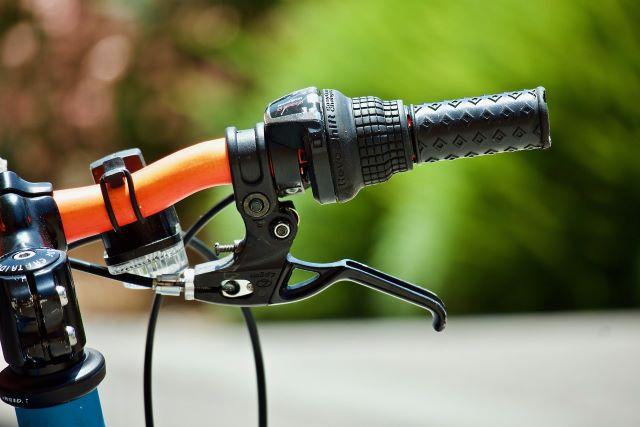
FAQs:
Is it necessary to wear a helmet while cycling?
Absolutely, wearing a helmet is a crucial safety measure while cycling. Helmets provide protection for your head in case of accidents or falls, significantly reducing the risk of serious head injuries.
What type of bike is best for commuting?
The best bike for commuting depends on your specific needs and preferences. Generally, a hybrid or commuter bike with a comfortable upright riding position and versatile tires is ideal for city commuting. Consider factors like distance, terrain, and storage options when selecting a bike for your commute.
Should I use clipless pedals or flat pedals?
The choice between clipless pedals and flat pedals depends on your riding style and preference. Clipless pedals offer better power transfer and efficiency but require cycling-specific shoes with cleats. Flat pedals provide ease of use and allow you to wear regular shoes. Choose the pedal type that suits your riding goals and comfort.


